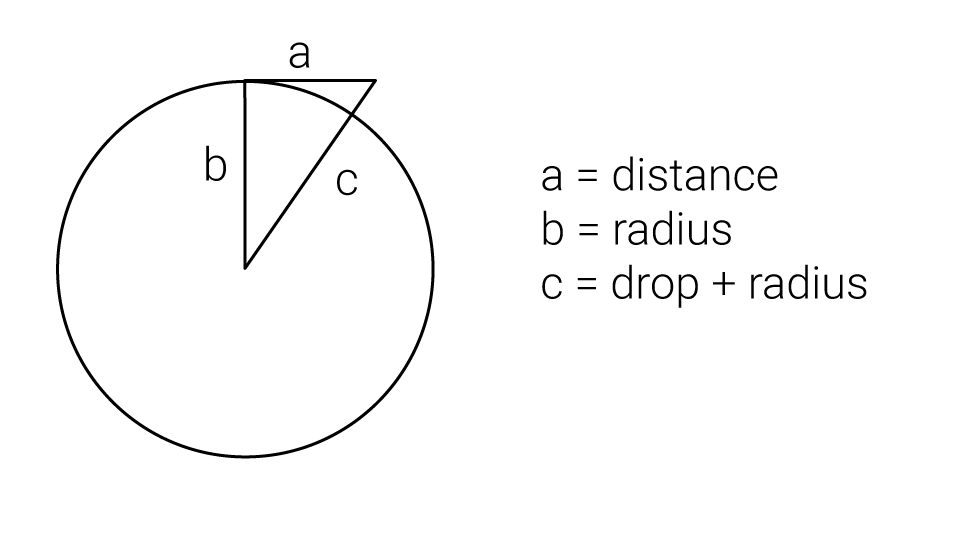

On the other hand, near-infrared light - light with a wavelength just a little bit longer than red light, and invisible to our eyes-is reflected strongly by plants. Plants absorb up to 95 percent of the visible light that falls on their leaves, so when observed from space in the visible part of the light spectrum, heavily vegetated landscapes appear very dark.almost black. However, this image is cloud free, suggesting that the image is a combination of many images with cloud-free sections, or that it was created by instruments that can see through clouds.Īreas with plants are green, and deserts are yellow, which is similar to what we would see with our eyes, or in a photograph. Look for yourself at the current cloud cover over Europe and North Africa from METEOSAT, a weather satellite 37,000 km (23,000 miles) above the Earth.

Since the average depth of the oceans is 4000 meters (13,000 feet), even the most sensitive camera could not see the sea floor except along the very edge of the coast, and in exceptionally shallow areas.Įarth is a very cloudy planet - at any given time two thirds of the planet is covered by clouds. Think about your beach trips: How deep is the water at the beach before you can't see the bottom any more? Visibility is about a meter (3 feet) on the typical beach, ten meters (33 feet) in the clear waters such as the Caribbean. But is it a photograph? If so, was it taken from space? Is it a painting, a map, or something else? How can you tell?įeatures on the sea floor are visible, including the continental shelf, and fracture zones associated with the Mid-Atlantic Ridge. This image presents a remarkable view of the North Atlantic Ocean, stretching from the equator and western Africa northward to Iceland and Greenland, with sunset occurring over Scandinavia, France, Spain, Algeria, Mali, and the Ivory Coast. This image shows the Earth's surface, apparently from space - but is it really a photograph?


 0 kommentar(er)
0 kommentar(er)
